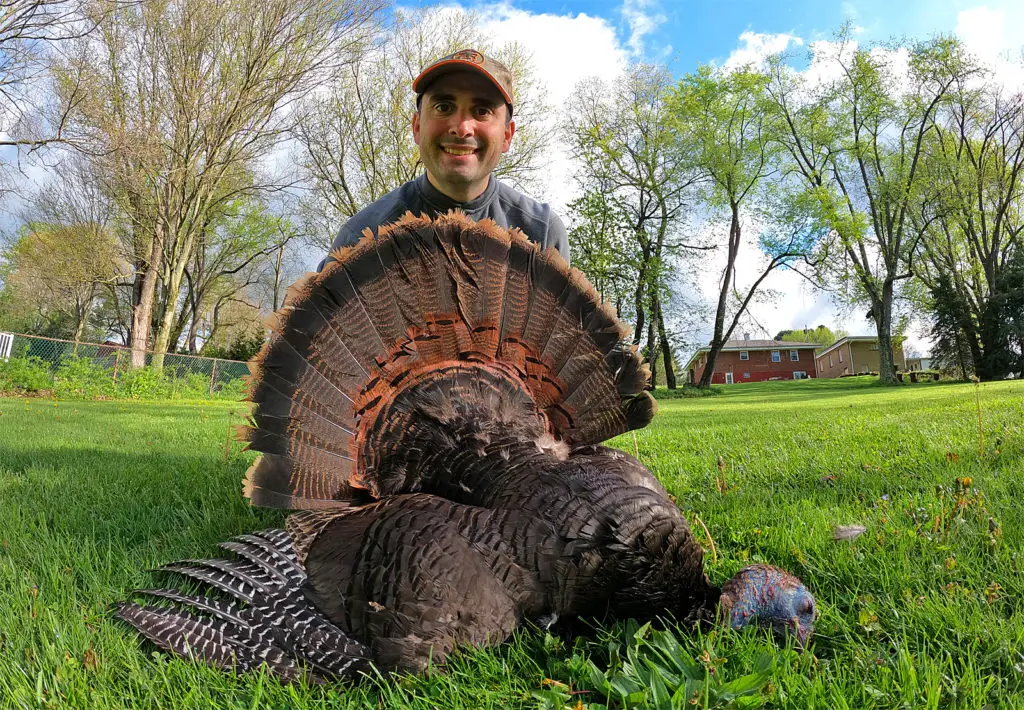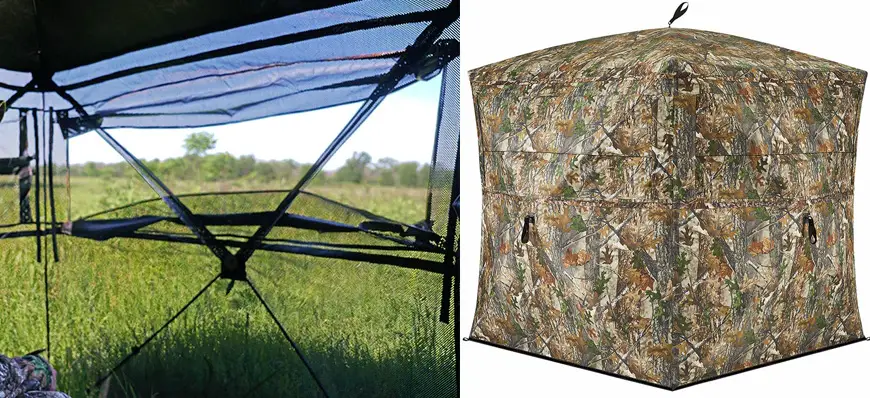Hunting is more than just a hobby or a means to put food on the table, and I believe America needs it today like never before. On this episode I talk about the science, psychology, philosophy, and more about how hunting not only grounds us in the real world but also better equips us to overcome the complicated but very real problems our nation is facing as we grow more and more immersed in digital reality.
Here is the episode I mentioned in the show: Is Hunting Biblical?
Today we have both an experiential shift and a culture shift caused by technology and spending more and more time in the digital world. More and more of our pursuits, emotions, and relationships are being experienced digitally, in a type of synthetic reality. The way we feel and relate is very real, but the way we are interacting is unnatural to how we are wired to experience life. There are many consequences to this, and they are real consequences and real problems felt by real people.
We were created to interact tangibly. to invest ourselves in others’ lives over the process of time through sharing experiences, thoughts, feelings and more while getting real time verbal and nonverbal feedback that affirms and builds connection. When this is replaced with text messages, video messages, and avatars interacting over days and weeks instead of months and years, true problems emerge.
Our ability to process reality with proper context and safeguards is compromised. Emotional trauma, loneliness, depression, and even suicide rates are soaring in an age when we are the most connected, we’ve ever been.
We were designed to live in tangible, tactile, hands-on reality. And hunting anchors us to the real world, to nature, to a benchmark that is mostly unchanged for thousands of years. It gives us a pursuit, a challenge, and a reason to experience nature in a very focused and strategic way that is not preprogrammed with machine learning, odds, or manipulatable outcomes.
Hunting also creates social structures and relationships based on shared experiences, time spent together afeild or fellowshipping around shared passions. Hunting also impacts our physical fitness, our diet and the quality of food we consume. It sparks creativity, inspiration and innovation.
Hunting also creates opportunities for reflection, introspection, and to simply sit and soak in beautiful moments for a day at a time. Something unheard of in the fast paced, instant gratification centered world of digital entertainment and social media relationships.
There is also no digitally induced equivalent to the to the physical and emotional high points that hunting can provide. The rush of adrenaline that causes hands to shake as you raise your rifle to take aim at a deer that has suddenly come into view after a season of waiting. The overwhelming satisfaction that flows for days, weeks, even a whole year of a big success and leaving the woods with not just a trophy but a supply of food that is untainted by the supply chain.
In one sense hunting acts as a type of therapy, in another it provides context and perspective to help us remember what is real and what isn’t. It also forces us to exercise the most strategic parts of our mind and prompts tremendous focus around a positive and rewarding pursuit.
Are there other ways to accomplish these same things? Yes of course. There are ways. But hunting is one way that enables us to do it all at the same time. Or at least it creates the opportunity to do so. Our nation needs hunting today like never both, amongst our youth but also in all age brackets.
Listen to the podcast episode to hear it all!


